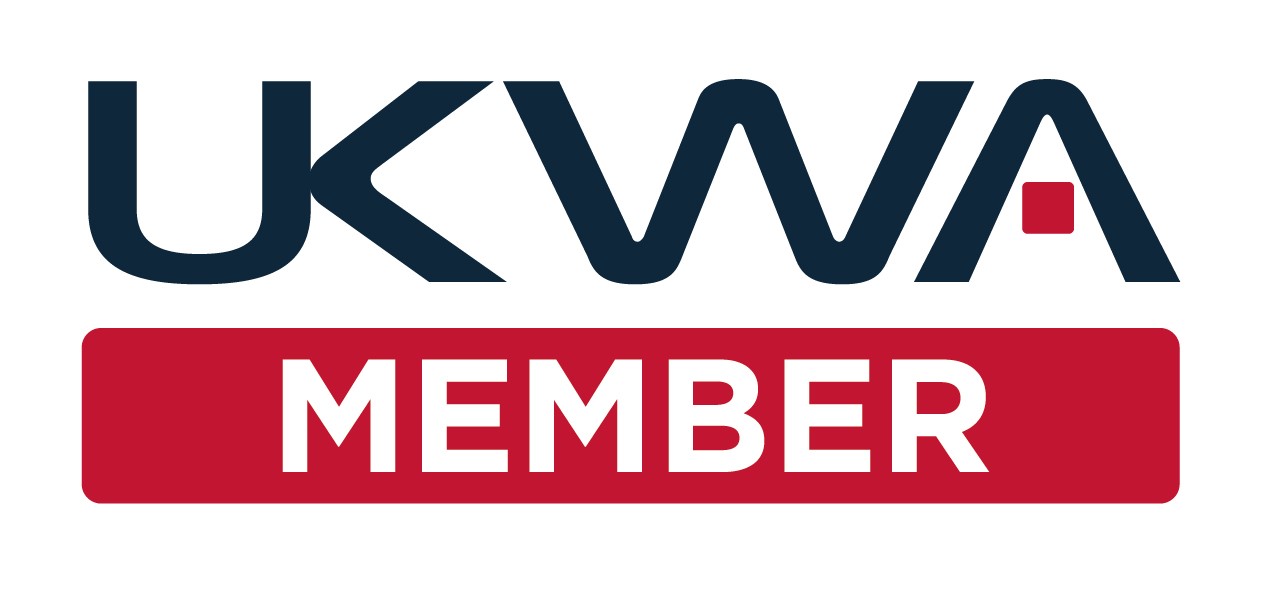The Growth of Reverse Logistics
The Growth of Reverse Logistics
The Growth of Reverse Logistics
Reverse logistics has become an increasingly important part of many supply chain operations, particularly in online retailing and eCommerce.
This perhaps obscure term means nothing more complicated than managing the handling and processing or returns – items that customers want to send back after they have been delivered. As with any other component of the supply chain the reverse logistics process can be managed using software applications and indeed should be part of any capable warehouse management software (WMS).
There are two broad reasons why reverse logistics has become a significant part of supply chain operations in online retailing and ecommerce. The first is simply to do with volumes. Higher sales volumes will increase the number of items that need to be returned. The second, and perhaps more significant, is that the current online and distant selling regulations include a number of provisions to protect customers. These include the right to return any item bought online within a specific timeframe with no questions asked, the rights for a replacement for faulty or unsuitable items, and the rights to a refund. Added to this, some customers will inevitably be more likely to place an order request an item simply to check it out safe in the knowledge they can return it if they don’t like what arrives.
The rules and regulations covering business transactions offer less flexibility. For the most part, these do not offer the same rights of return as their consumer counterparts. Besides, many businesses have tried and tested purchasing processes that are designed to ensure they make the right decisions before any items or money change hands. The supply chains that support these transactions tend to be more one-way: supplier to customer.
Nevertheless, any well-designed supply chain operation should include the capability to manage and handle returns. And equally, any well managed supply chain is likely to be run with the help of software. Functions to manage this process are generally part of WMS and are designed to minimise the costs associated with processing returned products.
What are the Reverse Logistics Functions of WMS?
Reverse logistics functions are used to determine the best course of action to reduce losses and maximise profit from returns processes. These processes involve the reverse flow of products from their destination (eg the consumer or customer) back to their origin (the seller, supplier, or manufacturer).
Products are returned for various reasons, such as shipping errors, product recalls and damages in transit. The main objective is often to capture value from customer returns, for example by making sure the product can be resupplied to a different customer. But it can also include product disposal operations, such as recycling or refurbishing.
As a consequence, there are a number of processes that reverse logistics covers. Suitably configured WMS can help to automate and track every step, allowing managers to monitor and evaluate operational efficiency. Many of these processes are in fact similar, if not identical, to those that are supported by WMS that have traditionally been geared towards customer deliveries.
When the returns process runs smoothly, customers are satisfied with your service and more likely to use it again.
How are Reverse Logistics Capabilities used?
The reverse logistics functions of WMS are used to facilitate the return of goods to any stage of the supply chain. This could be from the store to the customer distribution centre or from the distribution centre to the manufacturer’s warehouse.
Wherever the returned product ends up, it should be handled by a quality assurance department. After inspecting the item, the quality department determines if the product is covered by the returns policy and if the customer is eligible for a refund. It also identifies whether an item can be repaired or resold to recapture its value and create revenue.
WMS reverse logistics functions identify returned goods in your network and track their movement through the returns process. The WMS creates the required paperwork and uses metrics to monitor the success of the whole operation.
In order to maintain operational integrity, these reverse logistics functions of the WMS should be integrated with other management systems that you have in place, such as field service management systems.
How do the Reverse Logistics Functions of a WMS work?
The functions used by the WMS to manage reverse logistics software will work differently for different industries. For example, applications in the beverage industry might focus on the reuse of containers and all the operations that this entails. In the construction industry they might be geared towards moving and recycling salvaged materials. Dealing with rejected shipments and returning packaging materials might be the major requirement in the food production and food service sectors.
Each sector will probably have slightly different requirements and priorities. By optimising processes like recycling, reuse and refurbishment of products, the WMS can help make your business more sustainable, positively impacting both the environment and your business culture.
What components of a WMS are needed to support Reverse Logistics?
Depending on the reason why they were returned, products are dealt with by reverse logistics in different ways. There are several types – or components – of reverse logistics that focus on the various fields of an organisation’s return policies and procedures (RPP). Returns processes covered by WMS can include:
- Customer Returns: most companies want to avoid customers returning an item, as it usually means refunding the item and losing profit. WMS is partly concerned with helping businesses to avoid returns in the first place, typically by preparing orders more accurately, on time and generally in accordance with customer requirements.
- When a customer does return a product, reverse logistics helps to make the process as fast and transparent as possible so that the customer is satisfied with the service.
- In some cases, a re-return is made. This is usually where an item is returned a second time, perhaps having been bought on clearance and found faulty by the customer. The retailer might not accept a refund but will offer store credit.
- Remanufacturing or Refurbishment: this process involves the repair, rebuild and rework of products. It can be as simple as adding a new label, or as complex as deconstructing, cleaning and reassembling parts.
- Many customers don’t like buying a product that has been returned, so if a returned item goes back on the shelves, it can be sold as refurbished.
- Packaging Management: packaging, containers and pallets can often be reused. Not only does this reduce waste but it can also save on packaging costs as well.
- Unsold Goods: if a retailer cannot sell goods to consumers, the unsold items may be returned to the manufacturers or distributors.
- Delivery Failure: if a delivery address is not found or the delivery fails for any reason, products are often returned to sorting centres before being shipped back to the seller or manufacturer. The WMS can help identify why a delivery failed and help correct the problem.
- Rentals and Leasing: reverse logistics includes the remarketing, recycling, or redeployment of equipment that a company lets out on lease or rental contract.
- Repair and Maintenance: some products are sold with a warranty, or an agreement for the company to maintain and repair equipment if damaged. Sometimes repaired products can be resold.
- Recycling: it is beneficial for companies that sell products containing toxic components to be upfront about how to dispose of them when they reach their end of life.
Large household appliances, such as washing machines, are also difficult to dispose of for most consumers.
If your company offers a disposal and recycling service, you can make life not only more convenient for the customer by taking a problem off their hands, but you can retrieve materials from your products for reuse or resale. With many customers citing a business’s sustainability credentials as a key reason to buy from them this can be a useful differentiator.
Statutory Compliance: some industries (such as healthcare, pharmaceuticals, food manufacture and supply, aerospace) are covered by regulations that require strict tracking of items throughout the supply chain. WMS can help an organisation ensure the data accuracy and supply chain visibility that enables compliance with such regulations.
Recalls: sometimes a manufacturer will issue a recall of a certain product following safety concerns. Past and future consumers will be warned of the fault and all related goods must be returned to the manufacturer for inspection to ascertain that they meet quality expectations.
Benefits of WMS with Reverse Logistics capabilities
- Supports a sustainable, circular economy.
- Helps reduce and prevent waste.
- Builds customer trust and loyalty.
- Reduces losses and costs.
- Improves and enhances customer satisfaction and ratings.
- Improves service levels.
- Enhances brand reputation.
- Supports compliance, for example during product recalls or when items or supply chains are regulated.
Reverse Logistics and ProSKU SaaS Warehouse Management Software
As with your human employees, your software systems need to communicate in order to provide an efficient service. When looking at reverse logistics software, you should consider other management systems you currently have in place to streamline your business operations.
You need to integrate your returns processes with a capable WMS that can manage inbound and outbound logistics. ProSKU for example is a fully-featured SaaS-based WMS that incorporates all the functions and features to manage all common day-to-day tasks for in-house and 3PL warehouse operations. It incorporates advanced inventory management features that prevent the build-up of stock to reduce your quota of unsold goods. As a software-as-a-service (SaaS) application, ProSKU is fast and easy to set up and is offered on a monthly payment model that makes it affordable and justifiable from day one. And it can be used with a wide range of web-based and Android devices such as desktops, laptops, and smartphones.
ProSKU’s design also supports simple integration with third-party applications such as eCommerce platforms and systems managed by carriers, providing the interconnectivity between all key stakeholders in the supply chain. Its returns capabilities include provision of analytics in real time to help your managers to track returns, monitor the movement of goods, and issue credits through the accounting system.
Previous Article
Big Role For Big Data In The WarehouseNext Article
Integrating WMS with Robotics and AutomationWe'll assume you're OK with this, but you can opt-out if you wish.Accept Reject Read More






